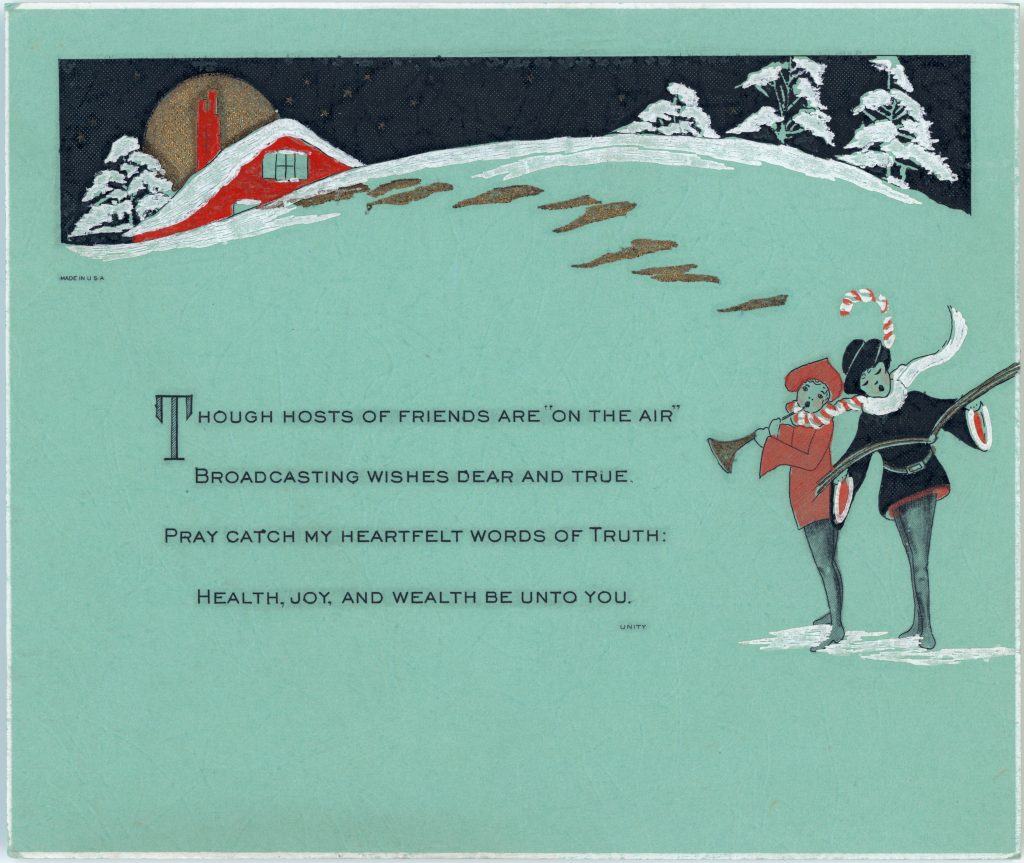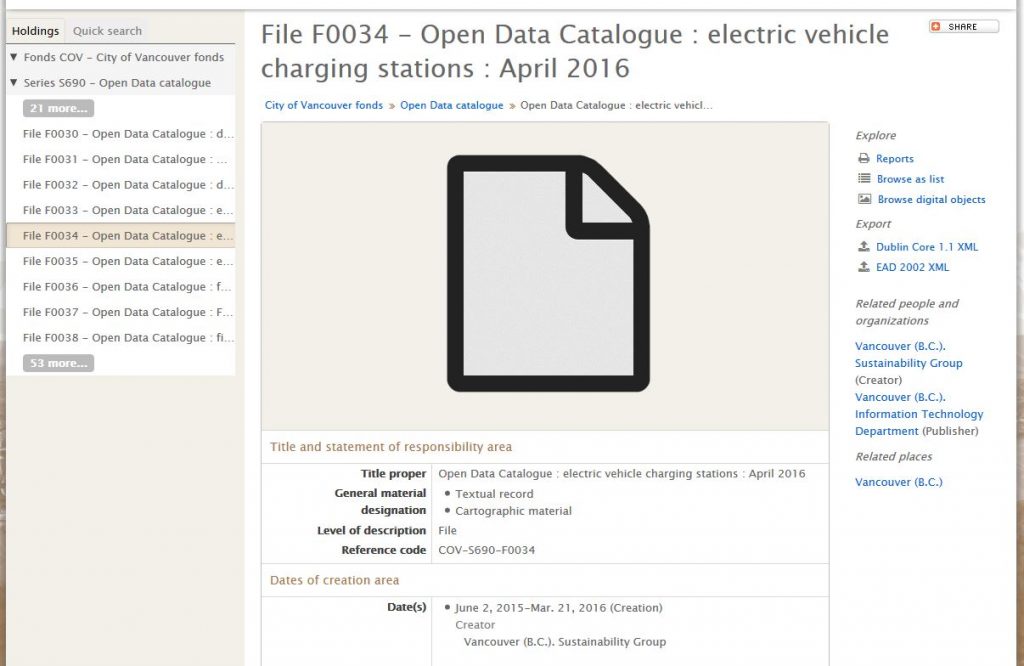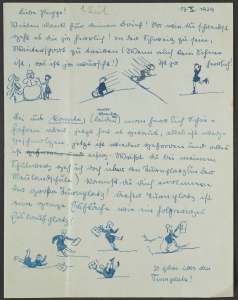Is this, is this your joy,
O bird, then I, though a boy,
for a golden moment share
Your feathery life in air!*

Arthur Yates Statham, around 1910.
We all know how the years go — how they glide by, gathering speed in autumn such that the end of December arrives and the year is gone, and more youth too. Before 2017 departs entirely, there’s a centenary to note: the loss in World War I of a British soldier, Arthur Yates Statham, who died in France during the Arras offensive in May, 1917.
But stop there. –Is it better to remember how he lived or how he died? His death in battle could reasonably overwhelm the rest of his story, but if we could ask Arthur, how would he want to be remembered? Would he want to be defined by the circumstances of his death or by his life?
In this post, we consider his life, brief though it was, and remember him through a two-part diary from 1913.
The diary forms a small section of the Dicken-Statham Family Papers at Amherst College. This collection – a handful of boxes –surveys the lives of several generations in a British family that lived and worked and fought wars in India, England, France, and Iraq over the course of about 150 years. Arthur’s years were in the middle: he was born at the end of the 19th century but didn’t survive into the 20th as long as he had a reason to expect he might.

The Stathams: left to right standing, Arthur, Noel (who died in WWI three months to the day before Arthur), Heathcote, and Maud. Left to right seated, Gilbert, Florence, Irene, and Heathcote. About 1910.
Arthur Yates Statham was the son of Heathcote and Florence Statham. He was the youngest of six children – he had three brothers and two sisters. The family lived in and around London while his father was writer and the editor (for 20 years) at “The Builder” magazine.
 In April, 1913, Arthur’s mother packed him up for a vacation in Hastings & St. Leonards, where he stayed with “Miss O.” – Miss Ogle – who was probably a relative on his mother’s side. The diary from this vacation shows us something of Arthur, aged about 15. Here is the boy, with all his vitality and humor, to suggest the man who might’ve been. In some ways he’s Everyboy, in other ways he’s just Arthur. It’s not that there’s “important content” in his diary, unless you consider a soul on the page as a thing to reckon with.
In April, 1913, Arthur’s mother packed him up for a vacation in Hastings & St. Leonards, where he stayed with “Miss O.” – Miss Ogle – who was probably a relative on his mother’s side. The diary from this vacation shows us something of Arthur, aged about 15. Here is the boy, with all his vitality and humor, to suggest the man who might’ve been. In some ways he’s Everyboy, in other ways he’s just Arthur. It’s not that there’s “important content” in his diary, unless you consider a soul on the page as a thing to reckon with.
Here are a few excerpts about the things Arthur did on vacation. He loved cycling perhaps most of all, but he also loved games, visiting people and places, movies, and Sherlock Holmes. He does everything with joy — every experience is not just new, it’s NEW!!!

Arthur frequently begins an entry with an excerpt from a poem or popular song:
“8th Tuesday
‘There is no place like home yet I’m
afraid to home in the dark‘
‘That is why I did not go overnight. A slow cab, a fast train, a nice guard, a good dinner, a middling magazine (no names mentioned) made up together with a ticket my journey to Kings Cross. Such trifles as myself and my luggage went also… At Kings Cross my mother (all names, as I have already remarked, are to be suppressed unless I forget this rule), intent on losing baggage (I speak of the author of this libelous rag) came 69.357 seconds late! (for any mistakes in figures please apply [to] the mathematician, who, for obvious reasons, is anonymous.)”

Warrior Square, St. Leonards
“This train, a half-animated serpent of metal crawled to St. Leonards Warrior Square Station. (Loud cheers)… A cab, that, much to my astonishment, once managed to break into an ambling trot, took me to the house of a Miss O., who lives at 9 St. P. Road in St. Leonards.” Image courtesy the East Sussex Libraries; see their Flickr page for an abundance of images of Hastings-St. Leonards.

Arthur brought his bicycle (perhaps one like this) to St. Leonards in parts and reassembled it at Miss O’s: “9th Wednesday. It never rains but it pours. St. Leonards is not hilly it is mountainous. After breaking my fast I went upstairs and for nearly one hour (how time flies) I tended my cycle, an extraordinary creature it is too! I bought oil and oiled it and parafined [sic] it and rubbed it and scrubbed it and corked it and polished it and screwed it and many other such things.”
 It would be instructive (and no doubt impressive) to add up Arthur’s many miles on his bike — he almost always notes where he went and how many miles he covered. He includes an excerpt from Henry Charles Beeching’s poem “Going Downhill on a Bicycle/A Boy’s Song” and adds his own enthusiastic opinion on the sport: “This is true, there is nought like this. Going downhill on a cycle is glorious.”
It would be instructive (and no doubt impressive) to add up Arthur’s many miles on his bike — he almost always notes where he went and how many miles he covered. He includes an excerpt from Henry Charles Beeching’s poem “Going Downhill on a Bicycle/A Boy’s Song” and adds his own enthusiastic opinion on the sport: “This is true, there is nought like this. Going downhill on a cycle is glorious.”


However, he hit a patch of rainy days –day after day of it:
“10th Thursday. ‘Rain, Rain, go to Spain, go and don’t come back again.’ This is my song, my remark, my saddened cry, my pitiful song, my wail. Yesterday, it rained, a thing not unprecedented, you will be surprised to hear. The morning was passed in mourning (this is an accidental pun). With great energy I got out my cycle, turned round four times in the middle of the road and then started off[.] 7.145921 minutes later I returned. It was RAINING!!!!! Cousin G. told me I did a wise thing in returning, of course I like being complimented (especially as all compliments to me are well-deserved)…”
Arthur visited friends of the family a lot (probably following his mother’s instructions) and in general was very good-humored about engagements with the grownups in a situation where some of us would’ve felt really growly about all that visiting.

A cranking old invalid
“In the afternoon I went and saw a lady Mrs. Sayer Milward. Her husband is ill. I cycled to see her. The ride was 10 miles there and back… A Mrs. Grant was there. She asked me to come over to a cottage she had hired and spend an afternoon there. I mentally arranged that Friday afternoon was suitable. I returned home”; “11th Friday. ‘The more, the merrier.’ So it is here. The more friends the merrier. 9 ladies are unhappy because they have made my acquaintance…”; “After tea I paid two calls, one to Mrs. [Samson?] who is very old, to use her own words, “A cranking old invalid.” [Excerpts from multiple entries.]
 Like any good tourist, he visits all the local sights: “We strode off and climbed to Lovers Seat. There are sign-posts pointing to Lovers Seat everywhere, and I am perfectly sure that the poor lovers can get no peace, so I suppose they find some other haunt. We eat sugar candy there, a prosaic thing to do in so touching a spot.”
Like any good tourist, he visits all the local sights: “We strode off and climbed to Lovers Seat. There are sign-posts pointing to Lovers Seat everywhere, and I am perfectly sure that the poor lovers can get no peace, so I suppose they find some other haunt. We eat sugar candy there, a prosaic thing to do in so touching a spot.”
“17th Thursday. ‘One touch of nature makes the whole world kin.’ That is why I and the Grants became friendly when going for a walk. Immediately after breakfast I cycled with all speed to the Grants, where I arrived at 9:55 and found them preparing to go to Pett Level, a very good beach about 5 miles away. We started off but soon it started to rain. So we hied ourselves to the coastguard station where we could hide ourselves from the elements of nature. We looked at the lamps at the fog-horn or siren, and I interested myself about the acetylene gaslamp and the signaling code, which I know, for, when all is said and done, I know a lot!”

Glass slide of the Albert Memorial in the center of Hastings. Gift of “moonspender” on ebay.
Once or twice, we see shades of his father, editor and writer for “The Builder” magazine and, to judge from the archival record, a stickler for details and accuracy:
“…we caught a tram…and we were soon falling down the tremendous hill that leads from Bohemia to the memorial. I pause to remark that Miss O. was ignorant of what the memorial was about. I had to find [it], stranger though I am, and tell her that it is an Albert Memorial.”
His religious instruction was not neglected during this vacation:
20th Sunday: [An] exciting day for a Sunday. Miss O. and I went [to] church at St. Matthews where Mr. Askwith, the Vicar, preached. This sermon was about socialism and he pointed out what it really was. He said that he could and would tell us roughly what the chief points of Socialism are:
1. There is to be no King.
2. There is [not to be] Patriotism (if we are invaded, we are not to fight)
3. All property will belong to the state.
4. No one will do any work, you will be fed and clothed by the State.
5. The “shirkers,” as they call all who do not do manual labour, will be abolished, all will be equal.
6. There will be no religion of any sort, all churches will be pulled down and taken, as all other property will be, by the state.”

Image courtesy the Victoria and Albert Museum.
Games constituted the entertainment for most evenings: “We had supper and then Miss O. and I settled down to drafts. In all we played five games and Miss O. nearly got a fit of joy because she won the first; then I leap almost out of my chair and said “Vengance!! Vengance” [sic] and ended the next game by my having 7 kings Miss O. 1!!! The third game was mine, I always have 2 out of three games, you see I give Miss O one to make her happy. In the last two games she won the first and I said “Vengeance” and had 6 kings to her 1. So if I had said “Vengance! Vengance!” twice I would have had 7. However I am best out of five and three. The weather was fine and very hot.”
“In the evening I played four games of drafts with Miss O. I act all the while, for I look at the clock and then Miss O. looks at the clock and then forgets her piece is in danger and I take it. Also when she does a move good for me I make a noise of sorrow and terror, and she thinks she has “done” me and really she has done me a good turn.”

Image courtesy the Victory and Albert Museum.
“I played two games of Spilikins [with Miss Ogle] and beat her (of course)!!!!!!!
“…I beat Miss O. in six games of drafts running. She thinks ozone has made my brain as sharp as my nose!!!! (Which is a great deal)–“
and
“After supper we played drafts, where in 3 games, I won two, Miss Ogle one. In Spilikins my steady hand nearly lost but just won. The games were closely contested. There is not much more to say. I had a bath!!!!!!!!!!!!!!!!!!!!”


Finally, there is Sherlock Holmes. Arthur mentions him many times, including this section in which he gloats at his superior reasoning over that of Miss Ogle. The section begins with an excerpt from Thomas Gray’s “Elegy Written in a Country Churchyard”:
“13th Sunday.
‘Full many a gem of purest ray serene,
The dark unfathom’d caves of ocean bear:
Full many a flow’r is born to blush unseen,
And waste its sweetness on the desert air.’
—Gray’s Elegy
“Only too true, I might have been a Sherlock Holmes, I might have been a Dr. Statham. My genius in detection has been wasted on the desert air. On coming down [for] breakfast on the Sunday morning aforesaid, Miss O. remarked to me that a plan was in her head. I remarked that I would try and guess it. My first guess was right in every detail. She suggested that we should go to Fairlight. The reasoning was as follows: Miss O. had thought of something which we could both do. Therefore cycling was not in it. The plan was either a walk or a tram ride. Had it been a walk surely Miss O. would not have been so excited. Therefore it was a tram ride. But where to? Sunday is a day for paying calls. On whom then should we, taking a tram, call. The Sayer Milwards at Fairlight! The reasoning is elementary, superficial.” Later: “I read some Sherlock Holmes to Miss O. The reasoning did not seem as clear to her as to me.”

Arthur’s diary closes with these lines: “So our happy walk ended. I recited poetry to Miss O. and then I read the Strand Magazine while Miss O. indulged in the newspaper. So the evening ended.”
Two years later he was at war. It feels like a triumph to point out that the boy who knew all about the signalling code in the coastguard station became the “Signalling Lieutenant” in his battalion.

Arthur at 18.
The Dicken-Statham Papers also contain many of Arthur’s wartime letters to his sister Irene. Like perhaps the majority of such letters, they contain descriptions of pastimes, duties, and boredom followed closely by battle. One often senses the need to read between the lines to guess at what he must’ve felt behind the comforting words written to family members.
A colleague and I remarked on what may be an “archival thing” (although probably only because of the likelihood of the experience in an archives): the way you look for textual evidence of the death you know will come but the writer doesn’t. You look for foreshadowing, and it haunts the experience of reading because you expect to see a sign around the corner of every sentence.
On this blank page that isn’t blank at all I felt Arthur’s living shadow in the impression of his pencil from the previous page. It contrasted with the boldness of his youthful diary, as though here his life ebbed through the paper, a sign that it would soon be gone.

Arthur was last seen during the Third Battle of the Scarpe, on May 3, 1917. He is said to have been killed by a sniper as he turned to address his men. The Germans took the area in which Statham died, so his body was never recovered. His name is included at the Arras Memorial.
Arthur’s fellow soldiers remembered him in ways that echo the boy of the diary. A superior officer said, “He was signalling officer of the battalion, work in which he showed the utmost keenness. He was given a special job to do in the operations on the 9th April, and I found him at the objective one and a half hours after our attack, coolly working away…” and his Captain said, “We all regret his loss to us, as he was a tremendously cheery companion and a brave officer.”
–O bird, see; see, bird, he flies.
_____________________________
*Excerpt from Henry Charles Beeching, “Going Down Hill on a Bicycle: A Boy’s Song”
There is much more to discover in Arthur’s diary. Complete PDFs of the manuscripts are available at no cost from the Amherst College Archives and Special Collections.























































































